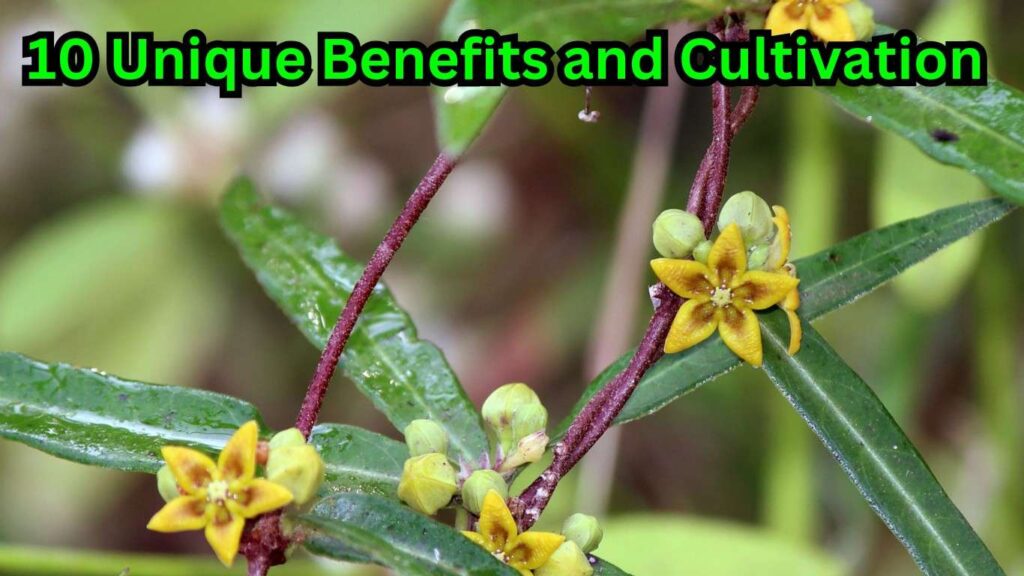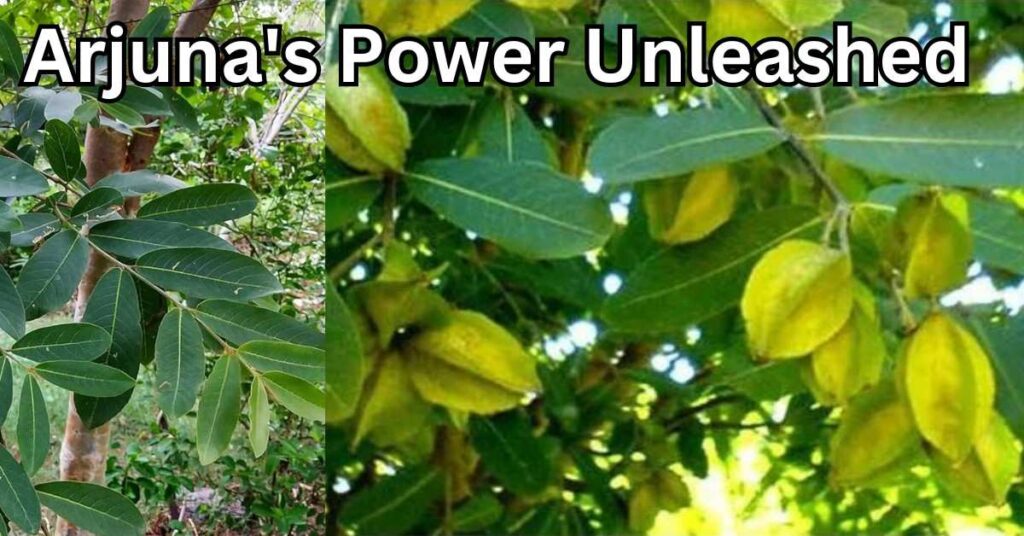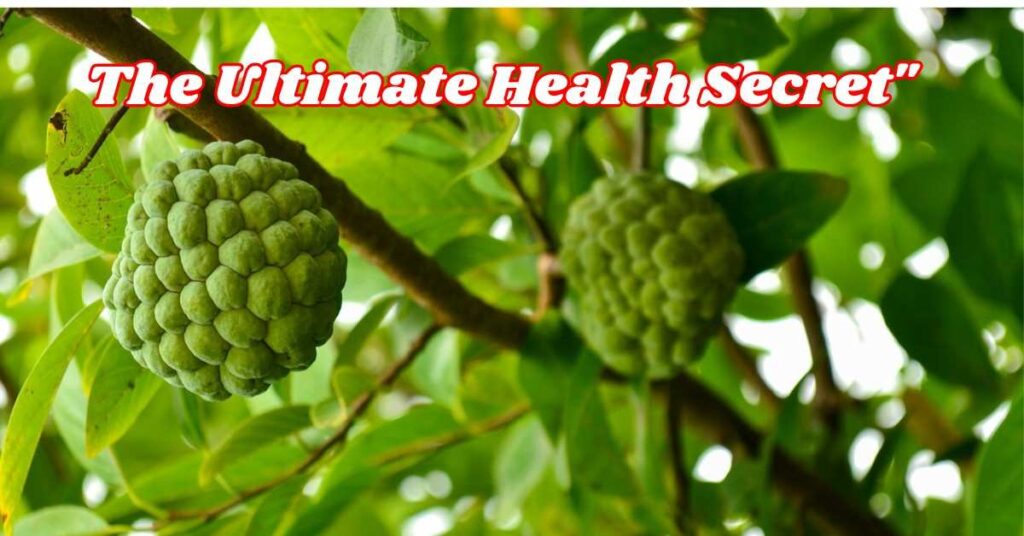Hemidesmus indicus: 10 Benefits, Cultivation, and Side Effects
Hemidesmus indicus, commonly known as Indian Sarsaparilla, is an ancient medicinal plant. It is widely used and highly valued in Ayurvedic medicine, and it holds significant importance in Hindu astrology as well. In Hindu tradition, this herb is recommended to counteract the negative effects of Mars, where it is suggested as a substitute for ‘Coral’ (Pala). It is believed to help alleviate the unfavorable influences of Mars.
Plant Introduction and Characteristics
Hemidesmus indicus is one of the oldest and most important trees in India. Its references can be found in ancient Vedic texts, scriptures, and the Ayurvedic classic Charaka Samhita. The roots of this plant penetrate deep into the soil and spread over long distances, making it challenging to locate. This is why it is named ‘Hemidesmus’ (meaning endless root).
This plant grows in almost all regions of India, and there is only one species of this herb found worldwide. It is a vine with branches and twigs. When the vine is broken or the leaves are torn, a milky latex oozes out, which is one of the plant’s distinctive features.
Leaves and Flowers: The leaves of Hemidesmus indicus are long, narrow, and have a thick tip. There are white stripes along the central vein, and the leaves are hairless. These smooth leaves have short petioles and are clustered together. The flowers are very small, green in color, and grow in clusters.
Roots: The roots of Hemidesmus indicus can be thin or thick, depending on the age of the plant. When broken, the root emits a distinct fragrance. Its hardness and inner part are woody in nature. The roots possess various medicinal properties that aid in the treatment of numerous ailments.
Hemidesmus indicus, commonly known as Indian Sarsaparilla, is a renowned herb in Ayurvedic medicine. Its roots and other parts have been utilized for centuries to address various health concerns. Here are 9 primary uses and benefits of Hemidesmus indicus.
Ayurvedic Uses of Hemidesmus indicus
Hemidesmus indicus is considered a universal remedy in Ayurveda. Its roots have numerous benefits and are used in various treatments. Here are some common uses:
1. Relief from Hemorrhoids (Piles)
Hemidesmus indicus is particularly effective for treating hemorrhoids, which can cause discomfort and bleeding. Drinking a mixture of the root boiled in milk can help reduce symptoms. Additionally, applying the decoction mixed with coconut oil to the affected area provides relief.
2. Soothing Burning Sensation in Hands and Feet
In hot weather, many people experience a burning sensation in their hands and feet. Drinking a paste made from Indian Sarsaparilla root mixed with water can cool the body and alleviate discomfort.
3. Improving Appetite and Digestion
For those with a poor appetite, Hemidesmus indicus can be beneficial. Soaking the root in water overnight and drinking it on an empty stomach the next day can stimulate hunger and enhance digestion.
4. Treating Cough and Asthma
Indian Sarsaparilla is helpful for respiratory issues like cough and asthma. Taking two teaspoons of its powdered root regularly can relieve cough and ease breathing difficulties.
5. Increasing Milk Production in Nursing Mothers
After childbirth, some mothers may struggle with milk production. Consuming a decoction of Hemidesmus indicus can help increase milk supply and support the mother’s nutritional needs.
6. Relief from Kidney Stones
For individuals dealing with kidney stones, mixing crushed Hemidesmus indicus root with cow’s milk may assist in breaking down stones and facilitating their passage. However, it’s essential to consult a doctor for severe cases.
7. Easing Urinary Blockages
Hemidesmus indicus is known to help with urinary issues. Soaking pieces of its root in water overnight and drinking it the next morning can promote normal urination.
8. Healing Skin Wounds and Inflammation
The decoction from Indian Sarsaparilla’s root is beneficial for treating skin wounds and inflammation. Applying it to cuts or sores can promote healing and reduce swelling.
9. Antivenom for Snake Bites
Traditionally, Hemidesmus indicus has been used by some communities as a remedy for snake bites, particularly from the black cobra. However, in case of a snake bite, it is crucial to seek medical attention immediately and not rely solely on herbal remedies.
10. Anti-cancer Potential
Recent studies suggest that Hemidesmus indicus (Indian Sarsaparilla) may possess anti-cancer properties due to its antioxidant and anti-inflammatory compounds. These properties could help in inhibiting the growth of certain cancer cells, although more extensive research is needed to confirm its effectiveness as a treatment.
Hemidesmus indicus, or Indian Sarsaparilla, is a valuable herb in traditional medicine, known for its various health benefits. However, it’s essential to consult with a healthcare professional or an Ayurvedic specialist before using Indian Sarsaparilla to ensure safe and appropriate use.
Side Effects of Hemidesmus indicus (Indian Sarsaparilla)
While Hemidesmus indicus (Indian Sarsaparilla) is widely regarded for its medicinal properties, it is essential to be aware of potential side effects and contraindications. Here are some noted side effects:
- Allergic Reactions: Some individuals may experience allergic reactions to Indian Sarsaparilla, which can manifest as skin rashes, itching, or swelling. It is advisable to conduct a patch test or consult with a healthcare professional before using it.
- Digestive Issues: High doses may lead to gastrointestinal disturbances such as nausea, vomiting, diarrhea, or stomach cramps. It is best to start with a lower dose and monitor your body’s response.
- Blood Sugar Effects: Indian Sarsaparilla may affect blood sugar levels. Individuals with diabetes or those taking medications that influence blood sugar should use it cautiously and under medical supervision.
- Hormonal Effects: The herb may have estrogenic properties, which can influence hormone levels. Individuals with hormone-sensitive conditions (like breast cancer) should consult a healthcare provider before use.
- Interference with Medications: Hemidesmus indicus may interact with certain medications, particularly those related to blood sugar control or hormonal therapies. It’s essential to inform your healthcare provider of all supplements you are taking.
- Pregnancy and Breastfeeding: There is insufficient research on the safety of Indian Sarsaparilla during pregnancy and breastfeeding. Therefore, it is advisable for pregnant or nursing women to avoid its use unless recommended by a qualified healthcare professional.
- Kidney Issues: People with pre-existing kidney conditions should be cautious, as the herb may exacerbate their symptoms.
1. Names of Hemidesmus indicus (Indian Sarsaparilla) in Various Countries
| Name | Country/Region |
|---|---|
| Hemidesmus indicus | India, United States, United Kingdom, Australia, Canada, France |
| Indian Sarsaparilla | India, United States, United Kingdom, Canada, Australia |
| Anantamul | India, Nepal, Bangladesh |
| Nannari | India (Tamil Nadu, Kerala) |
| Kapuri | India |
| Nagajihva | India |
| Sariva | India |
| Gopakanya | India |
| Sarsaparilla | United States, United Kingdom, Canada, Brazil, Argentina, Germany, France, Italy, Australia, Turkey, Russia |
2. Benefits of Hemidesmus indicus (Indian Sarsaparilla)
| Benefit | Details |
|---|---|
| Blood Purifier | Known for purifying blood and removing toxins from the body. |
| Anti-inflammatory | Used to reduce inflammation in conditions like arthritis and skin disorders. |
| Cooling Effect | Provides a cooling effect, especially beneficial during summer and for treating heat-related issues. |
| Digestive Aid | Improves digestion and helps in treating indigestion, loss of appetite, and related issues. |
| Skin Health | Helps in treating skin diseases like eczema, psoriasis, and itching. |
| Detoxification | Acts as a natural detoxifier by cleansing the liver and kidneys. |
| Boosts Immunity | Enhances the immune system and protects the body from various infections. |
| Anti-cancer Potential | Some studies suggest potential anti-cancer properties, though more research is needed. |
3. Characteristics of Hemidesmus indicus (Indian Sarsaparilla)
| Part | Description |
|---|---|
| Leaves | Long, narrow, smooth-edged leaves with a whitish streak along the midrib, growing in clusters. |
| Stem | Twining, slender stems that release a milky sap when broken. |
| Root | Thin to thick roots depending on the plant’s age, with a woody core and a distinctive fragrance. |
| Flowers | Small, greenish flowers that grow in clusters, appearing during the summer. |
While Hemidesmus indicus can offer various health benefits, it is crucial to consult with a healthcare specialist before incorporating it into your regimen, especially if you have underlying health issues or are taking other medications. Always prioritize your health and well-being by seeking professional advice.
Cultivation of Hemidesmus indicus (Indian Sarsaparilla)

1. Land Preparation
Select a suitable land that receives ample sunlight and has good drainage. Prepare the soil by tilling it well and clearing any weeds.
2. Planting
After soil preparation, create planting holes about 8-10 inches deep. Plant the roots or cuttings of Hemidesmus indicus in these holes, spacing them 1-1.5 feet apart to allow enough room for growth.
3. Watering
Ensure consistent watering to keep the soil moist but not waterlogged. Regularly check soil moisture and adjust watering as necessary.
4. Care and Maintenance
Regularly monitor the plants for weeds and remove them as needed. Apply fertilizer as required to promote healthy growth.
5. Pest and Disease Management
Keep an eye on the plants for any signs of pests or diseases. Use appropriate pesticides if necessary to protect the plants.
6. Harvesting
The roots of Hemidesmus indicus can be harvested after 6-8 months, once the plants are mature. Carefully dig up the roots to avoid damaging them.
7. Cleaning and Processing
After harvesting, wash the roots thoroughly to remove any soil. Allow them to dry in sunlight for preservation. Dried roots can be stored for medicinal use.
References
- Hemidesmus indicus: A Review on its Ethnomedicinal Uses
ResearchGate – Link - Pharmacological Properties of Hemidesmus indicus
Journal of Ethnopharmacology – Link - Traditional Medicine and Hemidesmus indicus
National Institute of Ayurveda – Link - Medicinal Uses of Hemidesmus indicus in Ayurveda
PubMed Central – Link - A Review of Hemidesmus indicus in Traditional Healing
Global Journal of Pharmacology – Link





















